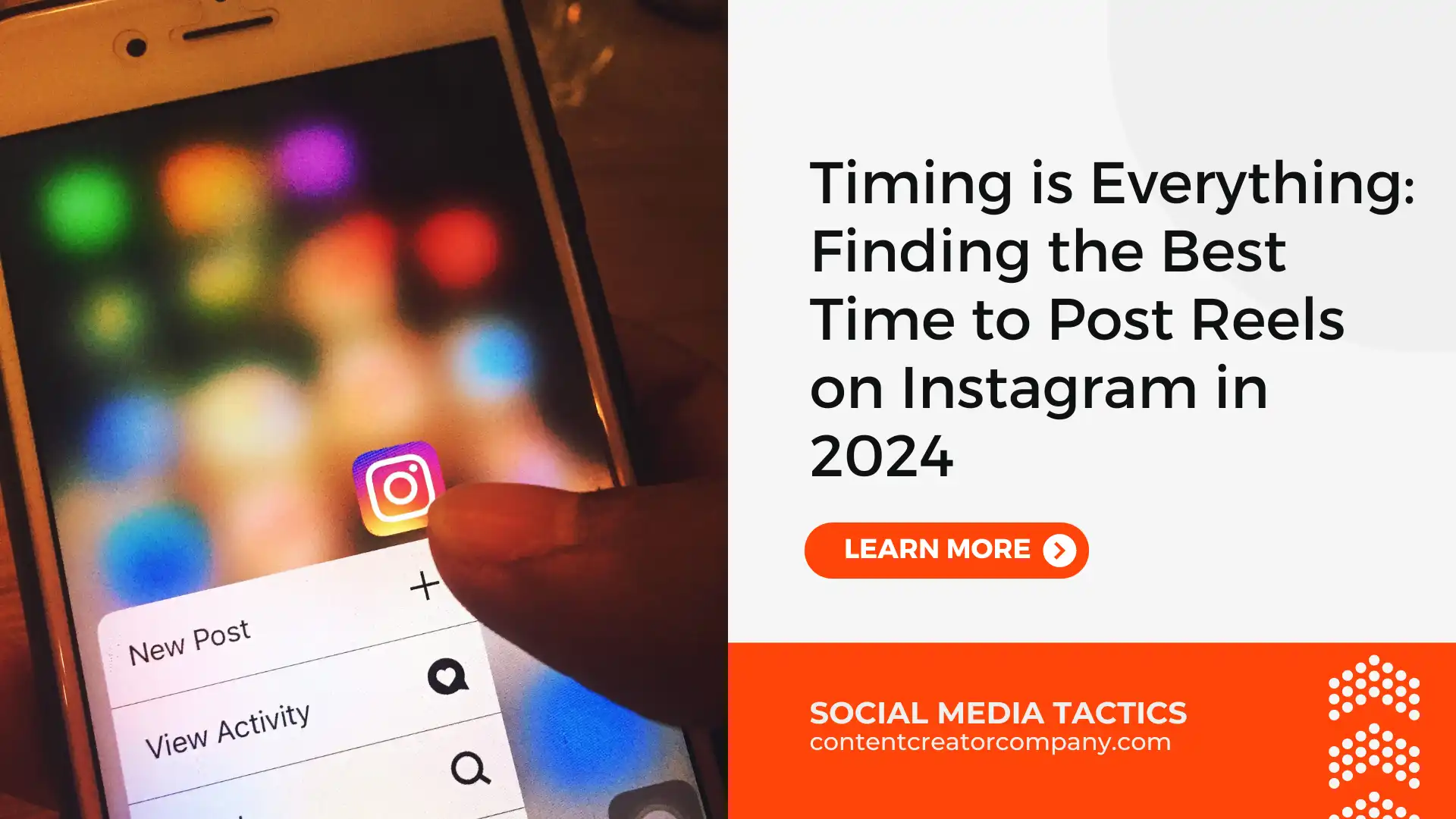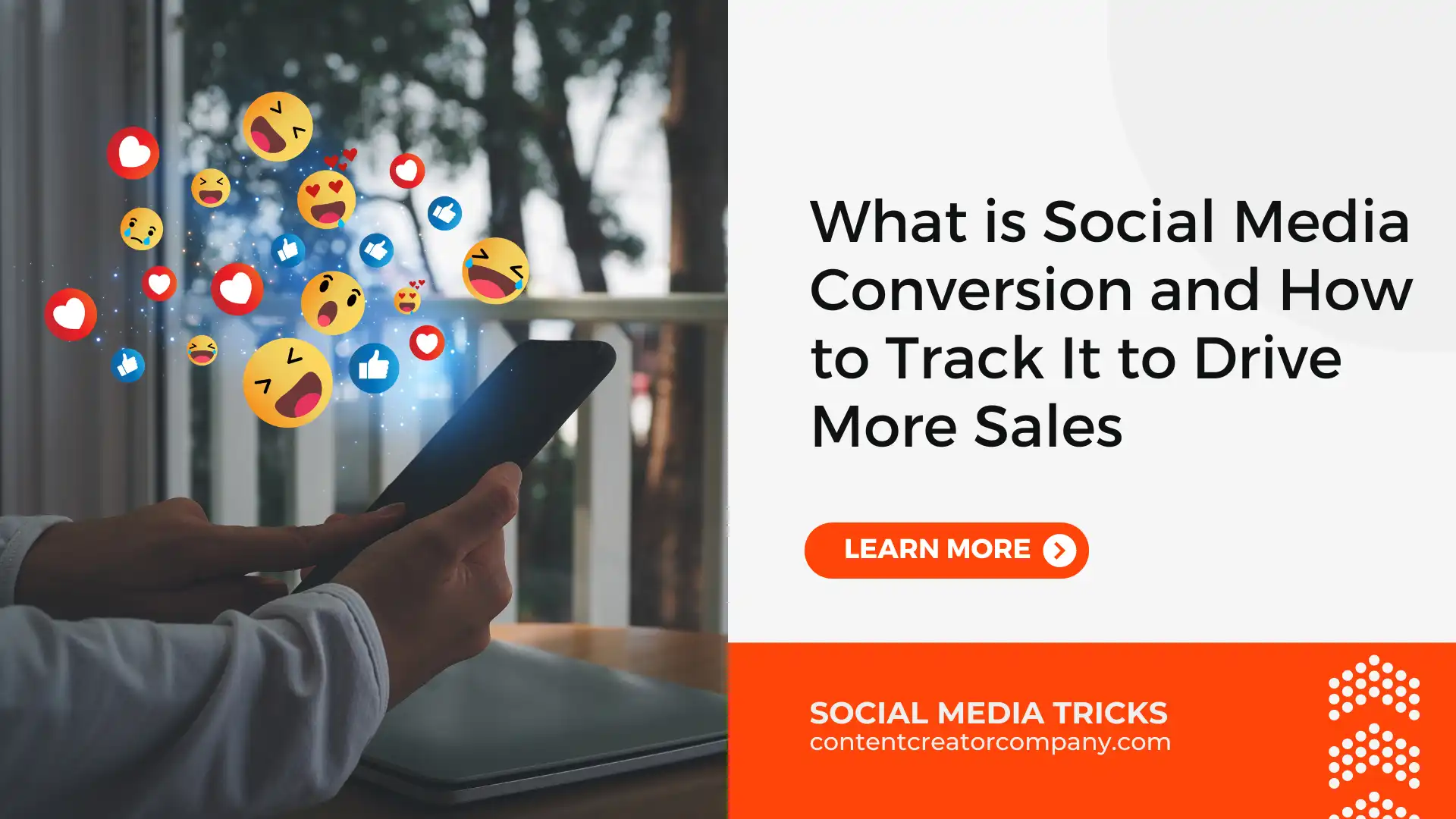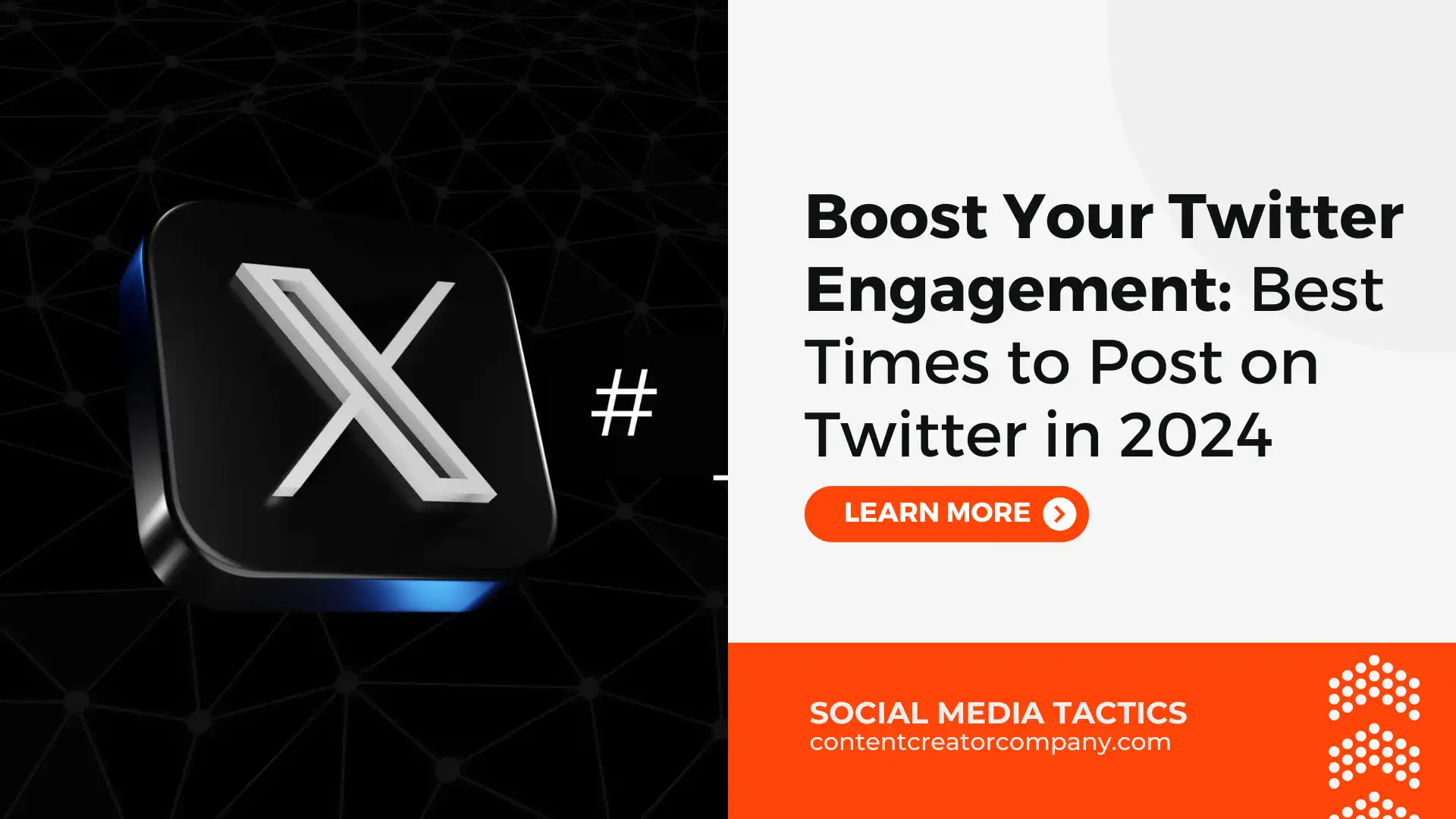
Social media has become an integral part of any business or individual’s marketing strategy. With millions of users engaging on platforms like Facebook, Instagram, Twitter, and TikTok, it has become imperative for content creators to analyze their competitors effectively.
Understanding the competitive analysis on social media and how competitors perform on social media can provide valuable insights that can be leveraged to enhance one’s own content strategy.
Why Competitive Analysis on Social Media Matters
Before delving into the methods of analyzing competitors on social media, it’s essential to understand why it matters. Competitive analysis offers several benefits:
- Identifying Strengths and Weaknesses: By analyzing competitors, content creators can identify what works well for them and areas where they fall short. This knowledge can be used to refine one’s own strategy and fill any gaps in content.
- Discovering Trends and Best Practices: Monitoring competitors allows for the identification of emerging trends and best practices within the industry. By observing what resonates with the audience, content creators can adapt their strategy accordingly.
- Benchmarking Performance: Understanding how competitors perform in terms of engagement, reach, and follower growth provides a benchmark against which one’s own performance can be measured. This helps in setting realistic goals and tracking progress over time.
- Staying Relevant and Competitive: Social media landscapes are constantly evolving. Keeping an eye on competitors ensures that content creators stay updated with the latest developments and remain competitive in the market.
Effective Methods for Analyzing Competitors on Social Media
Now that we understand the significance of competitive analysis, let’s explore some effective methods to conduct it:
- Identify Competitors: Begin by identifying key competitors within your industry or niche. These could be direct competitors offering similar products or services, or indirect competitors targeting the same audience. Tools like SEMrush, Ahrefs, or simply manual research on social media platforms can help identify competitors.
- Assess Content Strategy: Analyze the type of content your competitors are posting. Look at the format (e.g., images, videos, stories), frequency of posting, and the topics covered. Pay attention to the engagement metrics such as likes, comments, shares, and reposts to gauge the effectiveness of their content.
- Audience Analysis: Understand who your competitor’s audience is. Analyze their demographics, interests, and behavior. Tools like Facebook Insights, Twitter Analytics, and Instagram Insights provide valuable audience insights. This information can help tailor content to better resonate with your target audience.
- Track Engagement Metrics: Keep track of your competitor’s engagement metrics over time. Look for patterns or trends in their performance. Identify posts that perform exceptionally well and try to discern what elements contribute to their success.
- Monitor Hashtags and Keywords: Pay attention to the hashtags and keywords your competitors are using in their posts. This can provide insights into trending topics within your industry and help optimize your own content for discoverability.
- Evaluate Influencer Partnerships: If your competitors are collaborating with influencers, analyze the effectiveness of these partnerships. Assess the reach and engagement generated by influencer posts and evaluate whether similar partnerships could benefit your brand.
- SWOT Analysis: Conduct a SWOT (Strengths, Weaknesses, Opportunities, Threats) analysis of your competitors’ social media presence. Identify areas where they excel and areas where they are lacking. This can inform strategic decisions regarding content creation and distribution.
Competitive analysis on social media is crucial for optimizing content strategy and staying ahead in today’s competitive landscape. By carefully monitoring competitors, analyzing their content strategy, and identifying opportunities for improvement, content creators can refine their own approach and better engage with their target audience. Remember, the goal is not to copy competitors but to learn from them and innovate accordingly. With the right tools and methodologies, competitive analysis can be a powerful tool for driving success on social media platforms.





